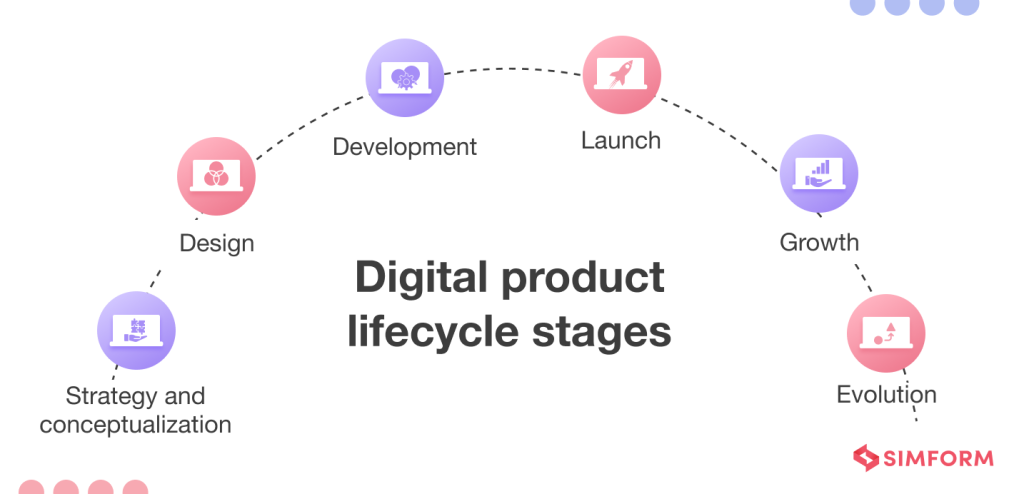Electronic solution development could be the systematic method of creating and refining digital items, such as for example software, purposes, websites, and electronic solutions, to generally meet the needs and objectives of users in today’s digital landscape. That multifaceted process requires numerous phases, including ideation, style, development, screening, and implementation, each crucial for giving successful and impactful electronic solutions.
In the centre of electronic product development lies user-centricity, where understanding user wants, behaviors, and preferences is paramount. This approach guarantees that services and products aren’t only useful but also instinctive and participating, leading to improved individual pleasure and adoption. Consumer study, consumer experience (UX) design, and functionality screening are integrated aspects of this technique, helping improve item characteristics and functionalities predicated on real person feedback.
More over, agility is just a key theory in digital item development, focusing iterative and variable techniques to adjust to changing demands and industry dynamics. Agile methodologies, such as Scrum or Kanban, permit cross-functional teams to collaborate efficiently, prioritize responsibilities, and provide incremental value to users in short growth rounds, fostering continuous improvement and innovation.
As well as person needs and speed, technical quality is essential for creating robust and scalable digital products. This calls for leveraging cutting-edge technologies, frameworks, and growth resources to construct high-quality pc software alternatives which are protected, reliable, and efficient. Continuous integration, automated testing, and code reviews are important practices to make sure code quality and maintainability throughout the development lifecycle.
Moreover, effective electronic solution growth requires powerful relationship and transmission among multidisciplinary teams, including item managers, designers, designers, and stakeholders. Apparent objectives, distributed perspective, and successful communication stations aid positioning and encourage clubs to create informed choices, resolve complex issues, and deliver value-driven outcomes.
Yet another important aspect of digital product progress is industry validation, wherever goods are tested and validated with real users to evaluate their viability and industry fit. Iterative prototyping, beta screening, and analytics-driven insights give useful knowledge and ideas to improve item characteristics, improve person knowledge, and get product-market fit.
More over, constant checking and optimization are important post-launch actions in electronic solution development. Tracking person feedback, performance metrics, and industry styles allow teams to spot areas for improvement, prioritize feature changes, and Software improvement and optimization swiftly to emerging possibilities or challenges.
In conclusion, digital solution development is a powerful and iterative process that needs a holistic method, mixing user-centric style, specialized brilliance, agility, cooperation, and market validation to create effective and impactful electronic alternatives that pleasure consumers and travel company growth.

